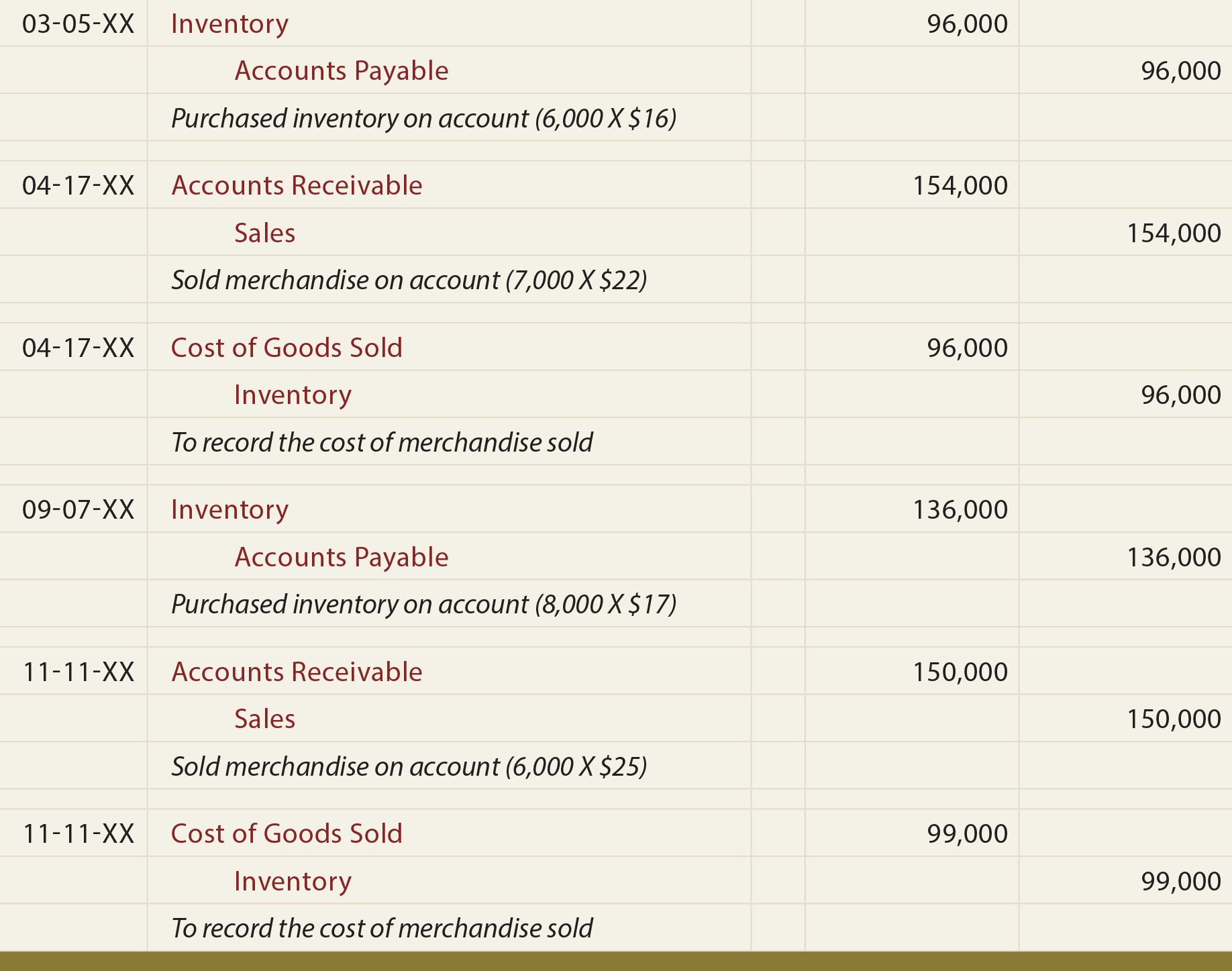
It is also much faster to access cash information in a cash book than by following the cash through a ledger. Let’s take a look at a couple of examples of cash receipts journals. To make sure cash receipt journal entry you have cash receipt accounting down pat, check out the example below. Say you make a cash sale of $1000, you must record a debit in your cash receipts and a credit in your sales journal.
Single Column Cash Book
They are an efficient way of keeping track of all the cash received during an accounting period. They aid in the preparation of the cash flow statement and the cash receipt ledger. Cash receipt journals help to keep track of accounts receivable and aged receivables. Any transaction through the accounts recievable should also be listed to the accounts recievable ledger as well.
Explanation of the columns used in cash receipts journal
Cost of sales is also known as the cost of goods sold, and the two terms are used interchangeably. Generally in the cash receipts journal to debit columns for cash receipts and cash discount and three credit columns for accounts receivable, sales and other accounts are there. Cash received from various sources other than cash sales and account receivables are recorded in other accounts column. Sales journals record transactions that involve sales purely on credit.

Create a Free Account and Ask Any Financial Question
While there are many more, the fundamental principles here still apply. Cash is a balance sheet account that has a normal debit balance, which means cash goes up with a debit and down with a credit. A cash receipt is a statement of the amount of cash received in a cash sale transaction. When a company receives a loan from a bank, a transaction is performed in the cash sales collections journal to record the loan.
- Read on to get the inside scoop about managing and recording cash receipts in your small business.
- A cash receipts journal provides an easy and organized way to record all the cash receipts during the period.
- A journal is where financial transactions are first recorded and are recorded chronologically with a brief explanation.
- This can be financially damaging to your business due to potential overspending and overestimating cash flow among other issues.
What Information is Included in a Cash Receipts Journal?
This will ensure that your cash flow and ultimately your profit are correct. Keeping track of your business’s cash receipts in a timely manner is necessary for efficient financial management. However, accrual accounting transactions also use cash receipts as and when received from customers. You calculate your cash receipts journal by totalling up your cash receipts from your accounts receivable account. As an accounting entry that records the receipt of money from a customer, a cash sales receipt is a debit. Additionally, accessing monetary information through a cash receipts journal is far quicker than tracking the cash payment through a ledger.
The cash receipts journal monitors cash flow and is essential to a successful business. This helps monitor and track the cash collected throughout a business’s cash transactions. When many think of a typical cash receipts journal, they think of simply keeping track of cash flow in a business, but these journals can serve many more purposes as well. One of the journals is a cash receipts journal, a record of all of the cash that a business takes in.
All of the cash sales of inventory are recorded in the cash receipts journal and all non-inventory sales are recorded in the general journal. A cash receipt journal records all types of cash transactions of a business. These transactions can include business sales, accounts receivable, interest, and other forms of cash payments.
Cash sales work on the cash basis of accounting, and credit sales on the accrual basis of accounting. A common error made when posting entries from a cash receipts journal is to forget to post the individual amounts in the accounts receivable column to the subsidiary ledger accounts receivable. This can cause the customer’s account to be inaccurate and may result in the customer being overcharged or undercharged. The credit columns in a cash receipts journal will most often include both accounts receivable and sales. Again, other columns can be used depending on the type of routine transactions that the firm engages in. The cash ledger book can act as both a journal and a ledger and comes in various formats.
A cash receipt journal is an accounting journal that keeps a record of all cash transactions made by a business. It follows the rules of cash accounting and records a transaction as and when it completes. Cash transactions can include spontaneous cash sales or accrual cash transactions recovering receivables. Cash entries are generated for cash sales or recovery of accounts receivable for credit sales. Another Loan taken by an individual from any bank or financial institution is also recorded in the cash receipts journal. As with other journals, the cash receipts journal is posted in two stages.

Recent Comments